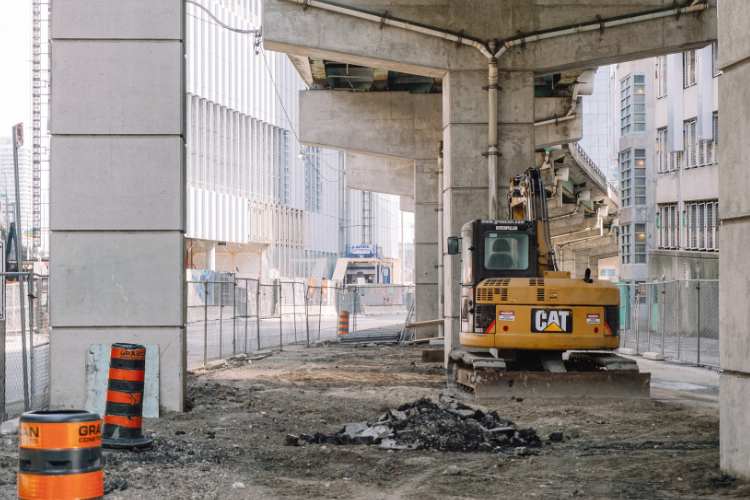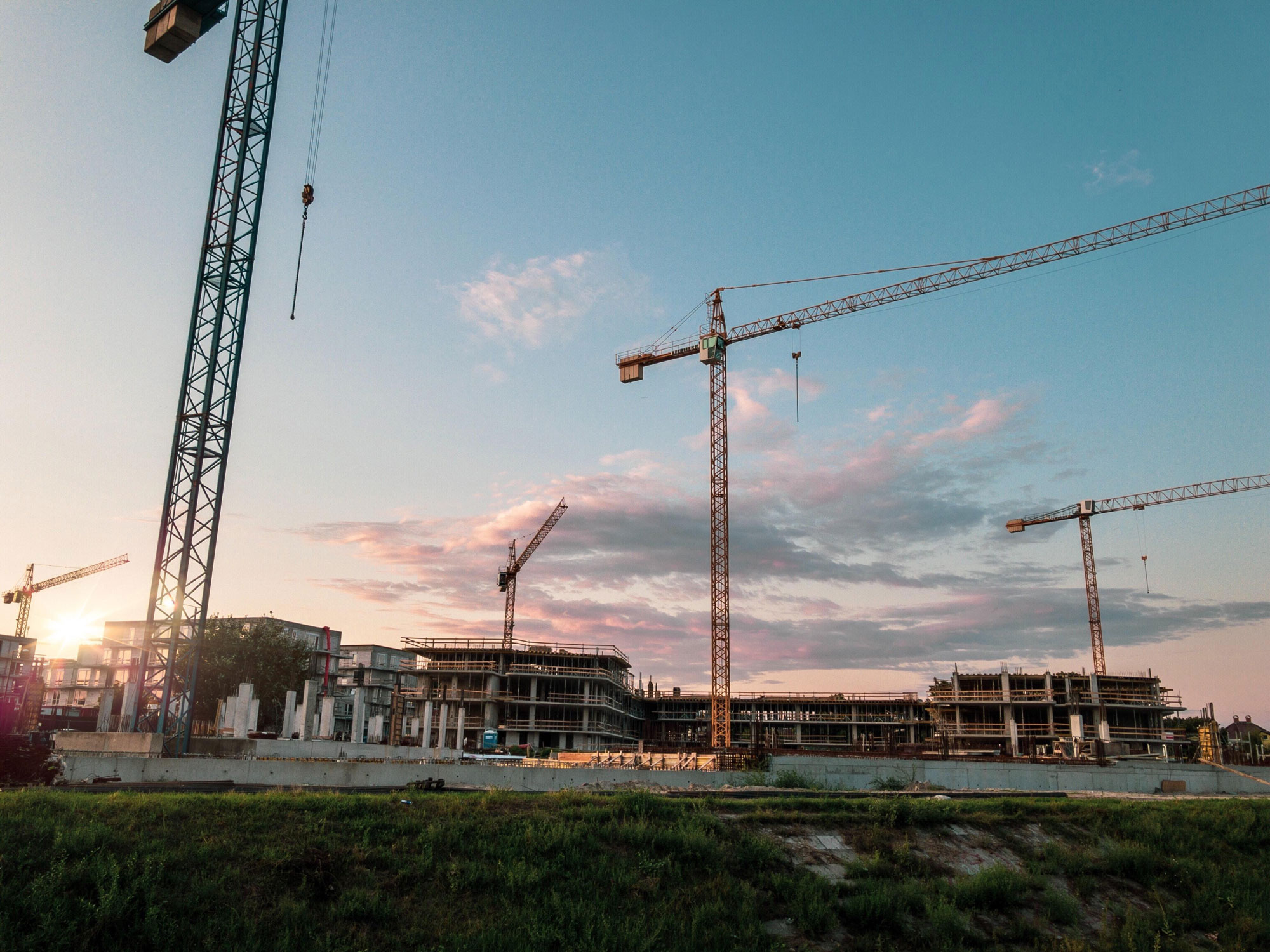Table of Contents
What Is a Notice of Completion?
A Notice of Completion is a document that establishes the official date that a construction project is considered complete. This is particularly important for parties involved in the project that have construction lien rights, because the Notice of Completion shortens construction lien deadlines.
Construction liens protect payments to subcontractors or other workers who provide materials or labor on a project. However, subcontractors who want to secure and enforce a construction lien must abide by certain timelines, which vary by state.
If a Notice of Completion is not filed, construction liens deadlines may be based on the date of substantial completion or date of last furnishing, which is when a subcontractor, supplier, or other project participant last supplied materials or labor to the project. However, when a Notice of Completion is filed, the construction lien deadline may be substantially shortened, depending on the state where the project is located. In Utah, for example, the deadline is shortened from 180 days to 90 days, and in Nevada, it goes from 90 days to 40 days.
When Is a Notice of Completion Required?
Notices of Completion are voluntary documents; they are never required. In fact, there are only eight states where filing a Notice of Completion has an effect on payment and lien rights: Alaska, Arizona, California, Massachusetts, Nevada, Tennessee, Texas, and Utah. Exact rules and effects of Notices of Completion vary by state, so make sure to check your local regulations for more specifics.
Filing a Notice of Completion
Who Files an NOC?
Typically, the project owner files the NOC. However, the general contractor may also file it on behalf of the project owner.
How to File an NOC
Generally, the project owner will file the NOC with the county clerk or recorder’s office. The form may ask for some or all of the following information:
- Name and address of the owner
- Name and address of the general contractor
- Name and address of the construction lender, if applicable
- Legal description of the site, including the street address
- A general statement of the work provided
- The date of completion of the project
Typically, the Notice of Completion must be filed within 10 to 15 days of the actual date of completion. There are a number of ways to determine the date of completion, which can vary by state. For example, the completion date may be the same date as the final inspection signoff or date when the certificate of occupancy is issued. Or, it could be considered complete when there has been a cessation of labor for a continuous period of 60 days.
What Do Subcontractors Need to Know About NOCs?
As potential lien claimants, subcontractors must be aware if and when a Notice of Completion has been filed, since it may have an impact on their lien deadlines. This highlights the importance of sending construction notices. In most states, property owners must notify everyone who sent a construction notice before filing a Notice of Completion. This helps everyone become aware of lien deadlines and helps subcontractors avoid complications or issues. Otherwise, subcontractors must contact the county clerk or recorder’s office to determine if a Notice of Completion was filed for the project.
How do Notices of Completion affect subcontractor payment rights?
Subcontractors often face payment issues and project delays, so construction liens can be a valuable tool to protect their payment rights. Staying aware of lien deadlines is critical for subcontractors to file and enforce liens and claims. In many cases, it can be a safer option for subcontractors to go by their last furnishing date instead of the date established by the Notice of Completion (since an individual subcontractor’s work is usually finished well before the entire project is considered complete). In many cases, this will give subs a safe buffer to meet the lien deadline.
By understanding Notices of Completion and how they impact construction lien rights, subcontractors can lower their risk, ideally get more timely payments, and position their businesses for future success and growth.








